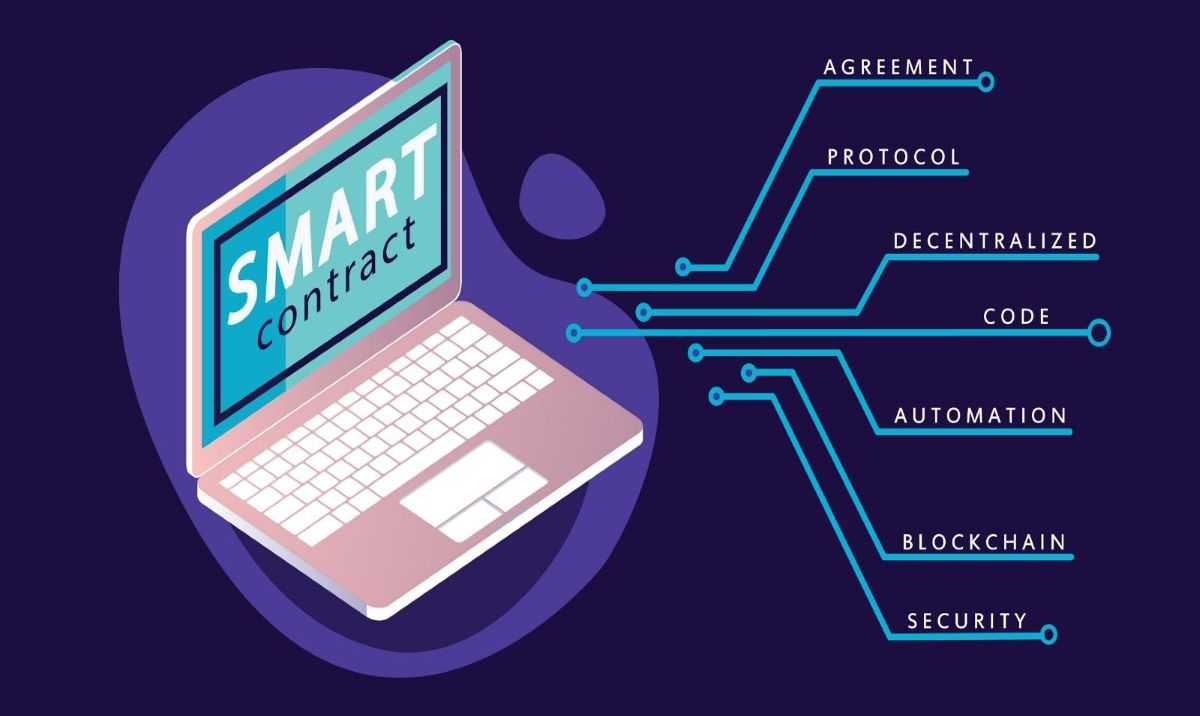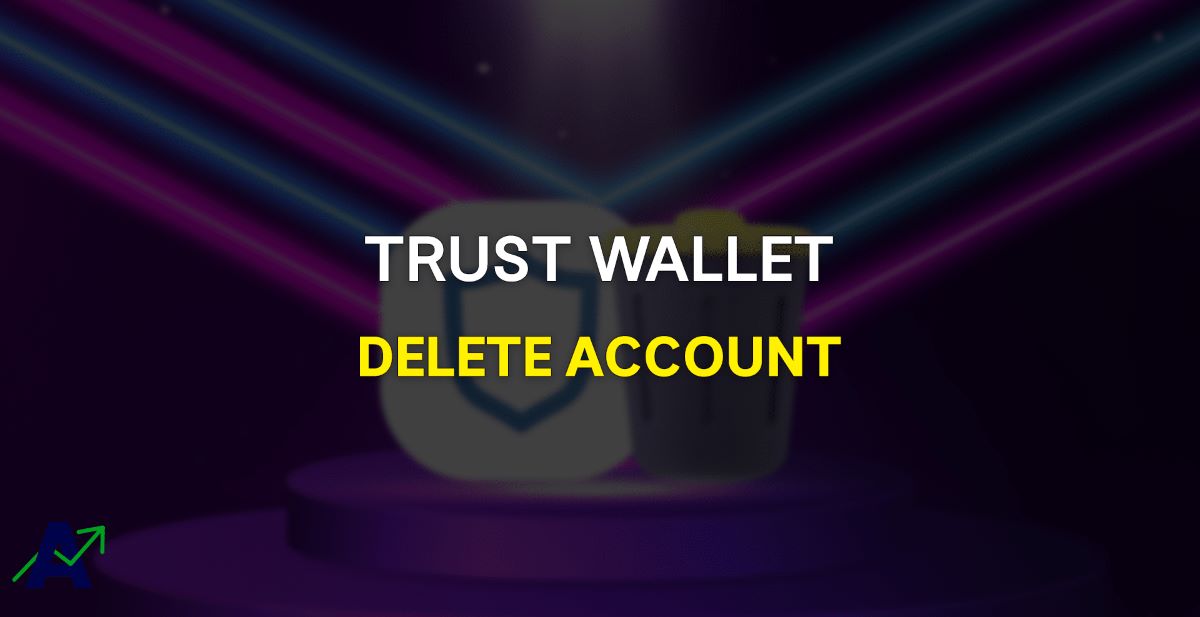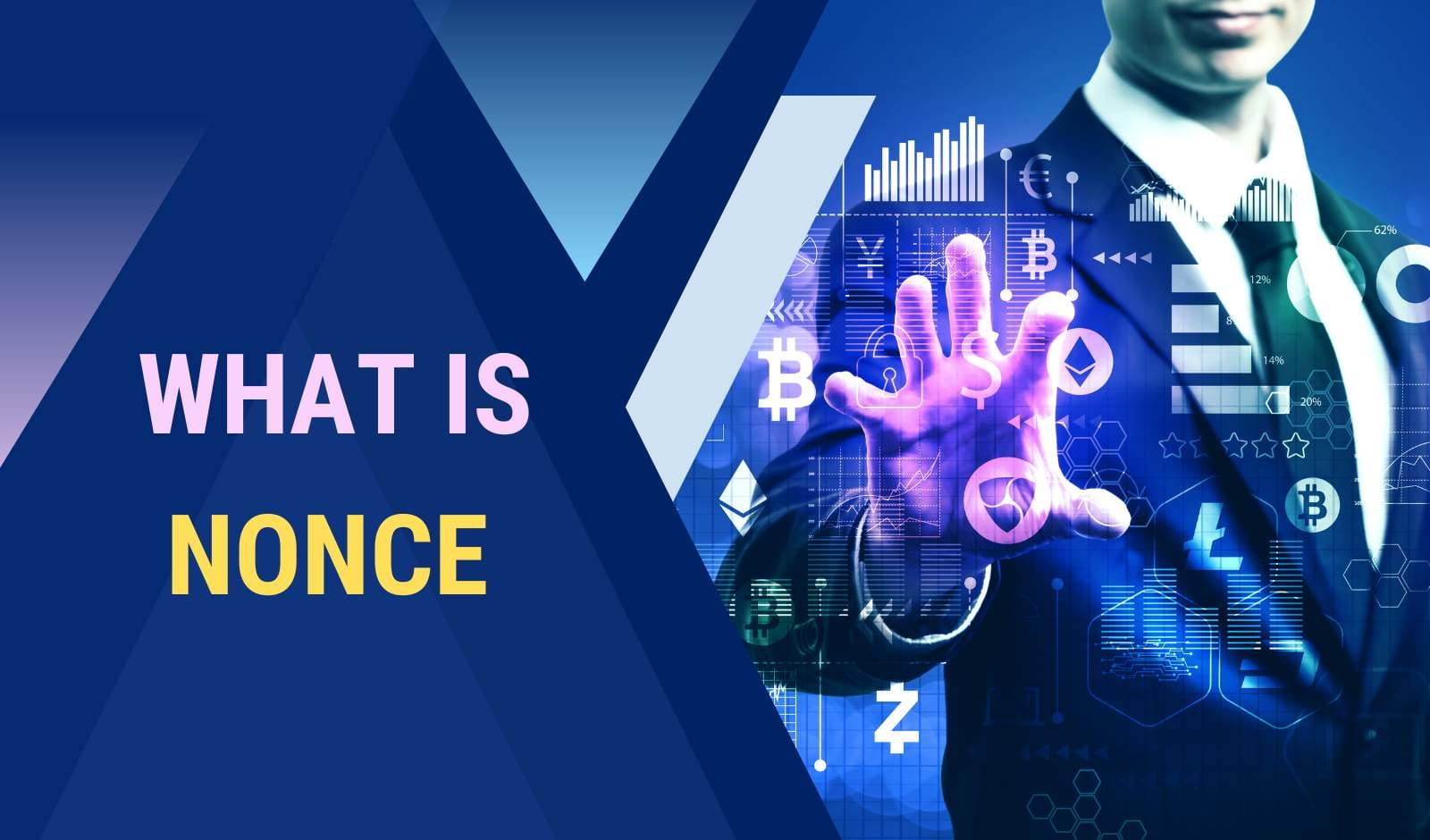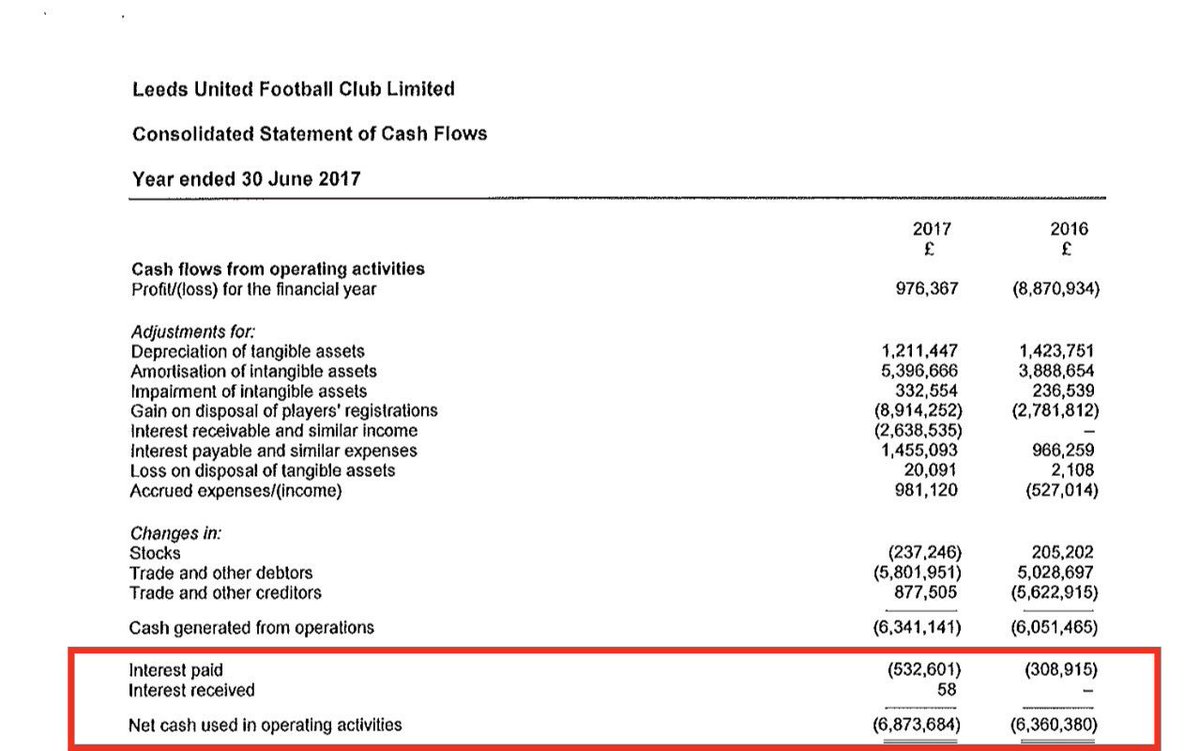

Finance
How To Start A Blockchain Company
Published: October 23, 2023
Looking to start a blockchain company in the finance industry? Discover the essential steps and strategies you need to know in this comprehensive guide.
(Many of the links in this article redirect to a specific reviewed product. Your purchase of these products through affiliate links helps to generate commission for LiveWell, at no extra cost. Learn more)
Table of Contents
- Introduction
- Step 1: Understanding Blockchain Technology
- Step 2: Defining Your Business Model
- Step 3: Assembling a Team
- Step 4: Developing a Prototype
- Step 5: Establishing Legal and Regulatory Compliance
- Step 6: Securing Funding for Your Blockchain Company
- Step 7: Launching and Scaling Your Blockchain Company
- Conclusion
Introduction
Welcome to the exciting world of blockchain technology and the immense opportunities it presents for starting your own company. With its potential to revolutionize various industries, such as finance, supply chain, healthcare, and more, blockchain has garnered significant attention and investment in recent years.
But what exactly is blockchain? At its core, blockchain is a decentralized and transparent digital ledger that records and verifies transactions across multiple computers or nodes. What sets it apart is its ability to ensure data immutability, security, and trust without the need for intermediaries.
This article will guide you through the essential steps to start your own blockchain company and navigate the intricacies of this groundbreaking technology. Whether you’re a seasoned entrepreneur or a blockchain enthusiast looking to transform an idea into a reality, this comprehensive guide will provide you with the knowledge and insights to get started.
Before diving into the steps, it’s crucial to note that blockchain is a complex technology that requires a deep understanding of its concepts and applications. It’s highly recommended to invest time in familiarizing yourself with the fundamentals and staying updated on the latest advancements in the field.
Starting a blockchain company involves a combination of technical expertise, business acumen, and strategic planning. The journey may be challenging, but with the right approach and mindset, you can unlock the full potential of blockchain and make a significant impact in your chosen industry.
Now, let’s explore the key steps to help you kickstart your journey to success in the blockchain industry.
Step 1: Understanding Blockchain Technology
Before diving into the intricacies of starting a blockchain company, it is essential to have a solid grasp of how blockchain technology works and its potential applications.
Blockchain functions as a decentralized, transparent, and secure digital ledger that records and verifies transactions. It consists of a chain of blocks, each containing a list of transactions. These blocks are linked together using cryptographic hashes, creating an immutable and tamper-proof record of data.
There are several key concepts to understand when it comes to blockchain technology:
- Decentralization: Unlike traditional centralized systems, blockchain operates on a peer-to-peer network. This means that no single entity or authority has complete control over the network. Instead, multiple participants, known as nodes, validate and maintain the blockchain.
- Transparency: Blockchain provides transparency through its public nature. All transactions recorded on the blockchain are visible to anyone in the network. This enhances trust among participants and facilitates auditing processes.
- Security: Blockchain ensures security through cryptographic algorithms. Each transaction is encrypted and linked to the previous block in the chain. This makes it extremely difficult for malicious actors to alter past transactions without detection.
- Smart Contracts: Smart contracts are self-executing contracts with predefined rules written directly into the blockchain. They automatically enforce the terms and conditions of an agreement when certain conditions are met. Smart contracts eliminate the need for intermediaries, reduce costs, and increase efficiency.
As you explore blockchain technology, it’s essential to stay updated with the latest trends, developments, and use cases in different industries. Research blockchain consortia, attend conferences, and engage with the blockchain community to gain deeper insights.
By understanding the fundamentals of blockchain technology, you’ll be equipped with the knowledge to harness its potential and identify innovative ways to apply it to your business model. Now, let’s move on to the next step: defining your business model.
Step 2: Defining Your Business Model
Once you have a solid understanding of blockchain technology, it’s time to define your business model. A well-defined business model will serve as the foundation for your blockchain company and guide your decisions moving forward. Here are some key considerations:
Identifying a Problem or Opportunity:
Start by identifying a problem or opportunity within a specific industry that can be addressed or enhanced using blockchain technology. Look for pain points or inefficiencies that can be solved through decentralization, transparency, or increased security. Conduct market research and engage with potential customers to validate your assumptions.
Choosing the Right Use Case:
Next, narrow down your focus by selecting a specific use case for your blockchain solution. It’s crucial to choose a use case that aligns with your expertise and has a clear value proposition. Whether it is supply chain management, decentralized finance, or identity verification, ensure that the selected use case has the potential for widespread adoption and offers significant benefits over existing solutions.
Building a Sustainable Revenue Model:
Determine how your blockchain company will generate revenue. Consider different monetization strategies such as charging transaction fees, licensing your technology to other businesses, or providing premium services to users. It’s essential to develop a sustainable revenue model that aligns with your target market and provides a clear path to profitability.
Considering the Network Effect:
Blockchain technology thrives on the network effect, where the value of the network increases as more participants join. Take into account how you will attract and incentivize users to join and contribute to your blockchain network. Consider reward mechanisms, token economics, and community-building efforts to foster growth and engagement.
Evaluating Regulatory and Legal Considerations:
Blockchain technology operates within a complex regulatory landscape. Understand the legal and compliance requirements that are relevant to your chosen industry and geographical market. Engage with legal experts who specialize in blockchain to navigate the legal framework effectively and ensure that your business model is compliant.
Defining your business model is a critical step in starting your blockchain company. It provides clarity, direction, and a roadmap for your future endeavors. Once you have a solid business model in place, it’s time to assemble a talented team that can bring your vision to life. Let’s delve into that in the next step.
Step 3: Assembling a Team
Building a successful blockchain company requires a strong and diverse team with a range of skills and expertise. Assembling the right team is crucial to the success of your venture. Here are some key steps to consider when building your team:
Identify Key Roles:
Determine the key roles and positions you need to fill based on your business model and the specific requirements of your blockchain project. This may include blockchain developers, smart contract engineers, cybersecurity experts, business development professionals, marketing specialists, and project managers.
Look for Blockchain Expertise:
When it comes to blockchain technology, having team members with a deep understanding of the technology is essential. Look for individuals with experience in blockchain development, cryptography, decentralized applications (DApps), and smart contract development. Their expertise will help you navigate the technical complexities and ensure the successful implementation of your blockchain solution.
Promote Diversity:
Building a diverse team is not only beneficial from an ethical standpoint but also contributes to the success of your company. Seek individuals from different backgrounds, cultures, and experiences, as it can bring fresh perspectives and innovative ideas to your project. A diverse team will enable you to tackle challenges from different angles and better understand the needs of a global market.
Collaborate with Partners and Advisors:
Consider forming strategic partnerships with other organizations or individuals who can add value to your team and project. Look for industry experts, advisors, or blockchain consultants who can provide guidance, connections, and domain-specific knowledge. Their experience can help you avoid common pitfalls and accelerate the growth of your blockchain company.
Culture and Team Dynamics:
Building a cohesive and collaborative team culture is essential for the long-term success of your company. Foster an environment that encourages open communication, innovation, learning, and personal growth. Strive to build a team that shares your passion for blockchain technology and is aligned with your company’s vision and values.
Remember, a strong team is the backbone of your blockchain company. Take the time to carefully select individuals who not only possess the necessary skills but also have a shared vision and enthusiasm for the potential of blockchain technology. In the next step, we will discuss the importance of developing a prototype for your blockchain solution.
Step 4: Developing a Prototype
Developing a prototype is a crucial step in starting a blockchain company as it allows you to demonstrate the feasibility and functionality of your blockchain solution. A prototype serves as a proof of concept and helps you attract potential investors, partners, and early adopters. Here are key steps to consider when developing a prototype for your blockchain project:
Refine Your Concept:
Before diving into the development process, ensure that you have a clear and well-defined concept for your blockchain solution. Analyze your target market, understand the pain points you’re addressing, and refine your value proposition. This clarity will guide the development of your prototype and ensure that it aligns with the needs of your intended users.
Choose the Right Technology Stack:
When building a blockchain prototype, selecting the appropriate technology stack is crucial. Consider the type of blockchain platform you will utilize, such as Ethereum, Hyperledger, or another suitable option. Additionally, choose the programming languages, frameworks, and tools that best align with your project requirements and the capabilities of your development team.
Focus on Core Functionality:
During the prototyping phase, it’s important to prioritize the core functionality of your blockchain solution. Identify the essential features and functionalities that demonstrate the unique value of your product. This approach allows you to efficiently allocate resources and time, avoiding feature creep and unnecessary complexity.
Collaborate with Developers:
Collaboration with your development team is key to the success of your prototype. Work closely with your blockchain developers to define the technical requirements, establish milestones, and monitor progress. Encourage open communication and regular feedback sessions to ensure that the prototype aligns with your vision and meets your expectations.
Conduct Iterative Testing and Feedback:
As you develop your blockchain prototype, engage with potential users, industry experts, and early adopters to gather feedback. Conduct usability tests, collect valuable insights, and iterate on your prototype based on the feedback received. This iterative process will help you refine your solution and ensure that it effectively addresses the needs of your target market.
Keep Security in Mind:
Security is a critical aspect of any blockchain solution. Make sure that your prototype incorporates robust security measures, including data encryption, smart contract auditing, and user authentication protocols. Consider involving cybersecurity experts to assess potential vulnerabilities and ensure the security of your prototype.
Developing a prototype for your blockchain solution allows you to validate your concept, gather feedback, and make necessary improvements. It also presents an opportunity to showcase your vision to potential investors and stakeholders. Once you have a functional prototype, the next step is to navigate the legal and regulatory landscape to establish compliance for your blockchain company.
Step 5: Establishing Legal and Regulatory Compliance
Ensuring legal and regulatory compliance is vital when starting a blockchain company. Compliance demonstrates your commitment to operating within the boundaries of the law and helps build trust with stakeholders. Here are key steps to consider when establishing legal and regulatory compliance for your blockchain company:
Research Regulatory Frameworks:
Thoroughly research the legal and regulatory frameworks applicable to your blockchain solution. Different countries and jurisdictions have varying rules and regulations related to data privacy, financial transactions, securities, and consumer protection. Gain a deep understanding of the legal landscape and consult with legal experts who specialize in blockchain technology.
Engage with Legal Counsel:
Seek the guidance of legal professionals well-versed in blockchain and cryptocurrency regulations. Lawyers who specialize in this field can help you navigate the complex legal landscape and ensure compliance with relevant laws. Work with them from the early stages to identify potential legal challenges and develop strategies to address them.
Comply with KYC/AML Regulations:
Know Your Customer (KYC) and Anti-Money Laundering (AML) regulations are critical when dealing with financial transactions and user identification. Implement robust KYC/AML procedures to verify the identity of your users and prevent illicit activities on your platform. Choose appropriate identity verification providers and establish strong internal policies to ensure compliance.
Protect User Data:
Data privacy and protection are paramount. Establish policies and procedures to safeguard user data and comply with data protection regulations such as the General Data Protection Regulation (GDPR). Implement secure data storage and encryption measures to prevent unauthorized access and ensure user confidentiality.
Secure Intellectual Property:
If your blockchain solution involves proprietary technology or algorithms, it’s essential to protect your intellectual property rights. Register patents or trademarks where necessary to safeguard your innovations and prevent infringement by competitors. Consult with intellectual property experts to ensure comprehensive protection and enforcement of your rights.
Stay Updated on Regulatory Developments:
The legal landscape surrounding blockchain technology is continually evolving. Stay informed about regulatory developments and updates to ensure ongoing compliance. Engage with industry associations, attend conferences, and monitor regulatory agencies for any changes that may impact your business.
Establishing legal and regulatory compliance is a crucial step to build a solid foundation for your blockchain company. Compliance not only mitigates legal risks but also instills confidence in investors, partners, and users. Once you have achieved compliance, you can focus on securing funding for your blockchain venture, which we will explore in the next step.
Step 6: Securing Funding for Your Blockchain Company
Securing funding is an essential step in bringing your blockchain company to life. Whether you’re looking to bootstrap your project, attract angel investors, or pursue venture capital, securing adequate funding is crucial. Here are key steps to consider when seeking funding for your blockchain company:
Prepare a Solid Business Plan:
Develop a comprehensive business plan that outlines your company’s vision, market analysis, target audience, unique selling proposition, and financial projections. Highlight the value proposition of your blockchain solution and how it addresses a specific problem or market opportunity. A well-crafted business plan will help potential investors understand your company’s potential and the returns they can expect.
Explore Different Funding Options:
Consider the various funding options available for your blockchain company. These may include self-funding, crowdfunding, angel investments, venture capital, or government grants. Evaluate each option based on your funding needs, stage of development, and the level of control you are willing to relinquish. Research and network within the blockchain community to identify potential investors or funding programs focused on supporting blockchain startups.
Build Relationships with Investors:
Start building relationships with potential investors early on in your blockchain company’s development. Attend industry conferences, pitch sessions, and networking events to connect with investors who specialize in blockchain or have an interest in the industry. Prepare a compelling pitch deck and be ready to articulate your value proposition and the market potential of your solution.
Demonstrate Traction and Milestones:
Showcase your progress and achievements to potential investors. Highlight any pilot projects, partnerships, or key milestones reached during the development of your blockchain solution. Demonstrating traction through user adoption, partnerships, or revenue generation increases your credibility and enhances the likelihood of securing funding.
Participate in Blockchain Incubators/Accelerators:
Consider joining blockchain-specific incubators or accelerators to gain mentorship, funding, and industry connections. These programs provide valuable resources for startups in the blockchain space and can open doors to potential investors. Research reputable incubators and accelerators that align with your company’s goals and apply for their programs.
Prepare for Due Diligence:
Investors will conduct due diligence to assess the viability and potential risks of your blockchain company. Prepare the necessary documentation, such as financial statements, legal agreements, intellectual property rights, and any regulatory compliance documents. Be transparent and readily address any concerns raised during the due diligence process.
Securing funding is a significant milestone for your blockchain company, enabling you to further develop your product, expand your team, and reach a wider market. Once you have secured funding, it’s time to move towards launching and scaling your blockchain company, which we will explore in the next step.
Step 7: Launching and Scaling Your Blockchain Company
After successfully securing funding for your blockchain company, it’s time to focus on launching and scaling your venture. This stage is crucial for bringing your blockchain solution to market, gaining traction, and expanding your user base. Here are key steps to consider when launching and scaling your blockchain company:
Refine Your Product:
Prior to launching, ensure your blockchain solution is robust, user-friendly, and provides a seamless experience. Incorporate feedback from user testing and iterate on your product to address any identified pain points or usability issues. Regularly update and improve your solution based on user feedback and market demands.
Create a Marketing Strategy:
Develop a comprehensive marketing strategy to promote your blockchain solution and attract users. Identify your target audience, understand their needs and preferences, and tailor your marketing efforts to reach them effectively. Utilize content marketing, social media, influencer partnerships, and targeted advertising to raise awareness and drive adoption.
Establish Partnerships:
Collaborate with relevant industry partners, both within the blockchain ecosystem and in your target market. Seek strategic partnerships with companies that complement your offering or have a strong user base. Partnerships can help increase visibility, expand your reach, and provide access to new markets and resources.
Focus on User Acquisition and Retention:
Devise strategies to acquire new users and retain existing ones. Offer incentives, rewards, or early access to attract early adopters and build a loyal user base. Develop user engagement programs, provide excellent customer support, and continuously improve your product to keep users satisfied and encourage them to advocate for your solution.
Monitor and Analyze Metrics:
Establish key performance indicators (KPIs) to track the success of your blockchain company. Monitor metrics such as user acquisition, user engagement, conversion rates, and revenue to measure the effectiveness of your strategies and make informed decisions. Continuously analyze data to identify areas for improvement and optimize your marketing efforts and product offerings.
Plan for Scalability:
As your blockchain company grows, scalability becomes crucial. Anticipate increasing user demand and plan for infrastructure scalability to ensure your solution can handle higher transaction volumes and user traffic. Continuously optimize and streamline your processes and systems to support growth and accommodate the evolving needs of your user base.
Stay Agile and Adapt:
The blockchain industry is rapidly evolving, and staying agile and adaptive is key to success. Stay updated on the latest trends, technological advancements, and regulatory changes within the blockchain ecosystem. Continuously iterate on your product, respond to market feedback, and be ready to pivot if necessary to seize new opportunities and address emerging challenges.
Launching and scaling your blockchain company requires careful planning, execution, and adaptability. With a strong focus on refining your product, implementing effective marketing strategies, and building strategic partnerships, you can propel your company towards sustainable growth and success in the dynamic blockchain industry.
Conclusion
Congratulations on reaching the end of this comprehensive guide to starting a blockchain company. Throughout this journey, we have covered the essential steps to take, from understanding blockchain technology to launching and scaling your venture.
Blockchain technology has the potential to transform industries and revolutionize how we conduct business. By harnessing its decentralized, transparent, and secure nature, you can create innovative solutions that address significant challenges or enhance existing systems. However, success in the blockchain industry requires a strong foundation, strategic planning, and continuous adaptation.
Understanding the fundamentals of blockchain technology is essential to navigate the complexities of this revolutionary technology successfully. From there, defining your business model, assembling a talented team, and developing a prototype are crucial steps to transform your ideas into a tangible product.
Legal and regulatory compliance is paramount to ensure the longevity and credibility of your blockchain company. By adhering to applicable laws and regulations, protecting user data, and staying updated on legal developments, you build trust with your stakeholders and mitigate risks.
Securing funding is often a crucial milestone in the journey of any blockchain company. By preparing a solid business plan, engaging with investors, and demonstrating traction, you can attract the necessary resources to fuel your growth.
Finally, launching and scaling your blockchain company require careful planning, marketing strategies, partnership building, and a focus on user satisfaction. Continually refining your product, staying agile, and monitoring key metrics will enable you to adapt to the evolving needs of your users and the blockchain industry.
Remember, success in the blockchain industry is not guaranteed, and challenges may arise along the way. However, with perseverance, continuous learning, and a passion for innovation, your blockchain company can make a significant impact and contribute to the development and adoption of this transformative technology.
Embrace the opportunities that blockchain presents and pave the way for a future where decentralized, transparent, and secure systems drive the next wave of innovation and progress.














